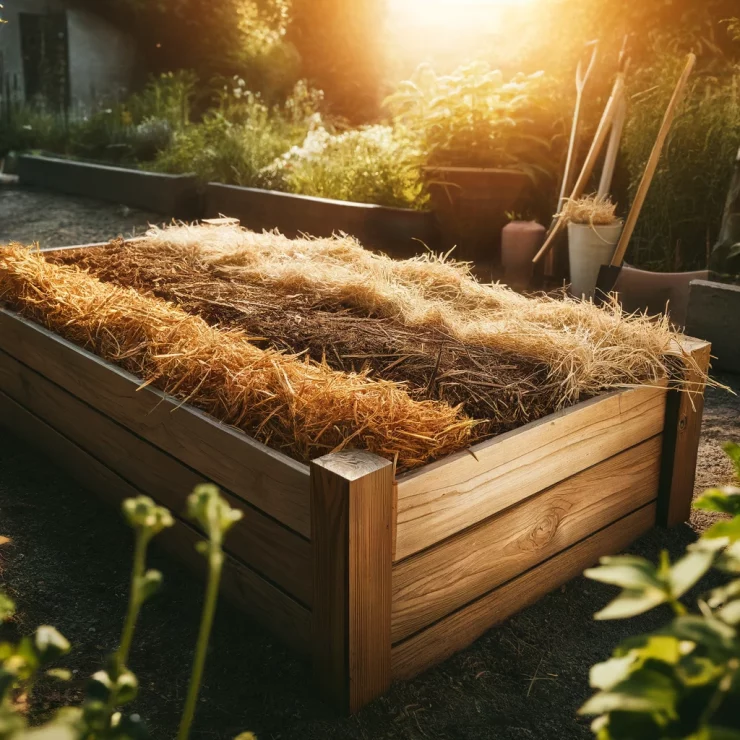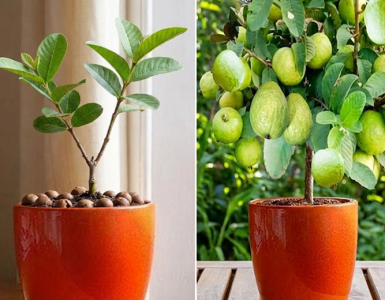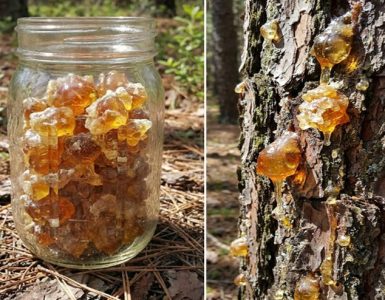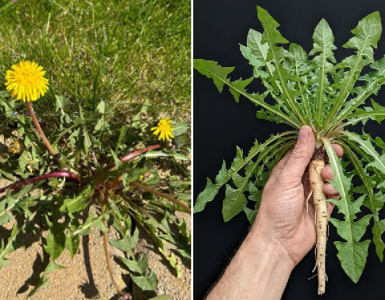Gardening enthusiasts often face the challenge of filling deep raised beds efficiently and economically. Fortunately, using materials like dry grass or wood can be a cost-effective and environmentally friendly solution. Here’s a step-by-step guide to filling a deep raised bed cheaply and easily using these natural materials.
Benefits of Using Dry Grass or Wood
Before diving into the process, it’s important to understand why dry grass and wood are excellent choices for filling deep raised beds:
Cost-Effective: Both materials are often readily available, especially if you have a lawn or access to wood scraps.
Improved Drainage: These materials promote good drainage, preventing waterlogging and root rot.
Soil Enrichment: As they decompose, they add organic matter to the soil, enriching it over time.
Reduced Soil Requirement: Using these materials as a base layer reduces the amount of expensive topsoil you need to buy.
Materials Needed
Dry grass clippings
Wood scraps (branches, twigs, or wood chips)
Cardboard or newspaper (optional)
Compost or well-rotted manure
Topsoil
Watering can or hose
Step-by-Step Guide
Step 1: Prepare the Raised Bed
Ensure your raised bed is properly constructed and positioned. It should be in a location that receives adequate sunlight and has good drainage.
Step 2: Lay Down Cardboard or Newspaper (Optional)
To prevent weeds from growing up through the soil, you can start by laying down a layer of cardboard or several layers of newspaper at the bottom of the bed. Wet this layer to help it stay in place and begin the decomposition process.
Step 3: Add a Layer of Wood
Fill the bottom third of the raised bed with wood scraps. Larger pieces such as branches and logs should go in first, followed by smaller twigs and wood chips. This layer acts as a slow-release composting material and helps with drainage.
Step 4: Add Dry Grass
Next, add a layer of dry grass clippings. Grass clippings provide nitrogen, which helps balance the carbon-rich wood layer below. This layer should be about the same thickness as the wood layer.
Step 5: Water the Layers
Water the layers thoroughly to help them settle and start the decomposition process. This will also prevent the bed from sinking too much once you add the soil.
Step 6: Add Compost or Manure
Add a layer of compost or well-rotted manure on top of the dry grass. This layer will provide immediate nutrients to your plants and help improve soil structure.
Step 7: Add Topsoil
Finally, fill the remaining space in the raised bed with topsoil. Ensure it is of good quality to support healthy plant growth. You might want to mix in some more compost or organic matter into this layer for added fertility.
Step 8: Plant and Mulch
After filling the bed, it’s ready for planting. Once your plants are in, consider adding a layer of mulch to help retain moisture and reduce weeds.






Add comment